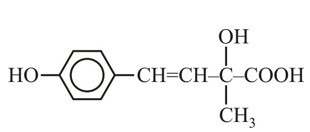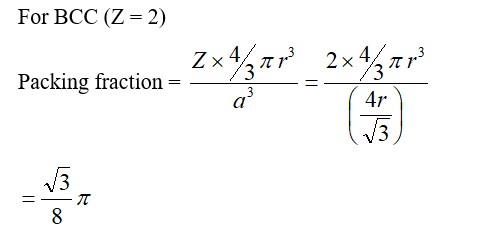1.27 Classify each of the following solids as ionic, metallic, molecular, network (covalent) or amorphous. (i) Tetra phosphorus decoxide
(P4O10) (ii) Ammonium phosphate
(NH4) 3PO4 (iii) SiC (iv) I2 (v) P4 (vi) Plastic (vii) Graphite (viii) Brass (ix) Rb (x) LiBr (xi) Si
1.27 Classify each of the following solids as ionic, metallic, molecular, network (covalent) or amorphous. (i) Tetra phosphorus decoxide (P4O10) (ii) Ammonium phosphate (NH4) 3PO4 (iii) SiC (iv) I2 (v) P4 (vi) Plastic (vii) Graphite (viii) Brass (ix) Rb (x) LiBr (xi) Si
-
1 Answer
-
1.27 The different solids are classified below:
a) Ionic solids: Ammonium phosphate (NH4)3PO4), LiBr
b) Metallic solid: Brass, Rb
c) Molecular solids: Tetraphosphorous decaoxide (P4O10), Iodine (I2), P4
d) Network (covalent) solids: Graphite, SiC, Si
e) Amorphous solid: Plastics
Similar Questions for you
ΔG° = –RT * 2.303 log K
–nFE° = +RT * 2.303 log K
2 * 96500 * 0.295 = 8.314 * 298 * 2.303 log10 K
10 = log10 K = 1010
It has chiral centre and differently di substituted double bonded carbon atoms.
For FCC lattice
Packing efficiency = 
CsCl has BCC structure in which Cl– is present at corners of cube and Cs+ at body centre
Taking an Exam? Selecting a College?
Get authentic answers from experts, students and alumni that you won't find anywhere else
Sign Up on ShikshaOn Shiksha, get access to
- 65k Colleges
- 1.2k Exams
- 678k Reviews
- 1800k Answers


